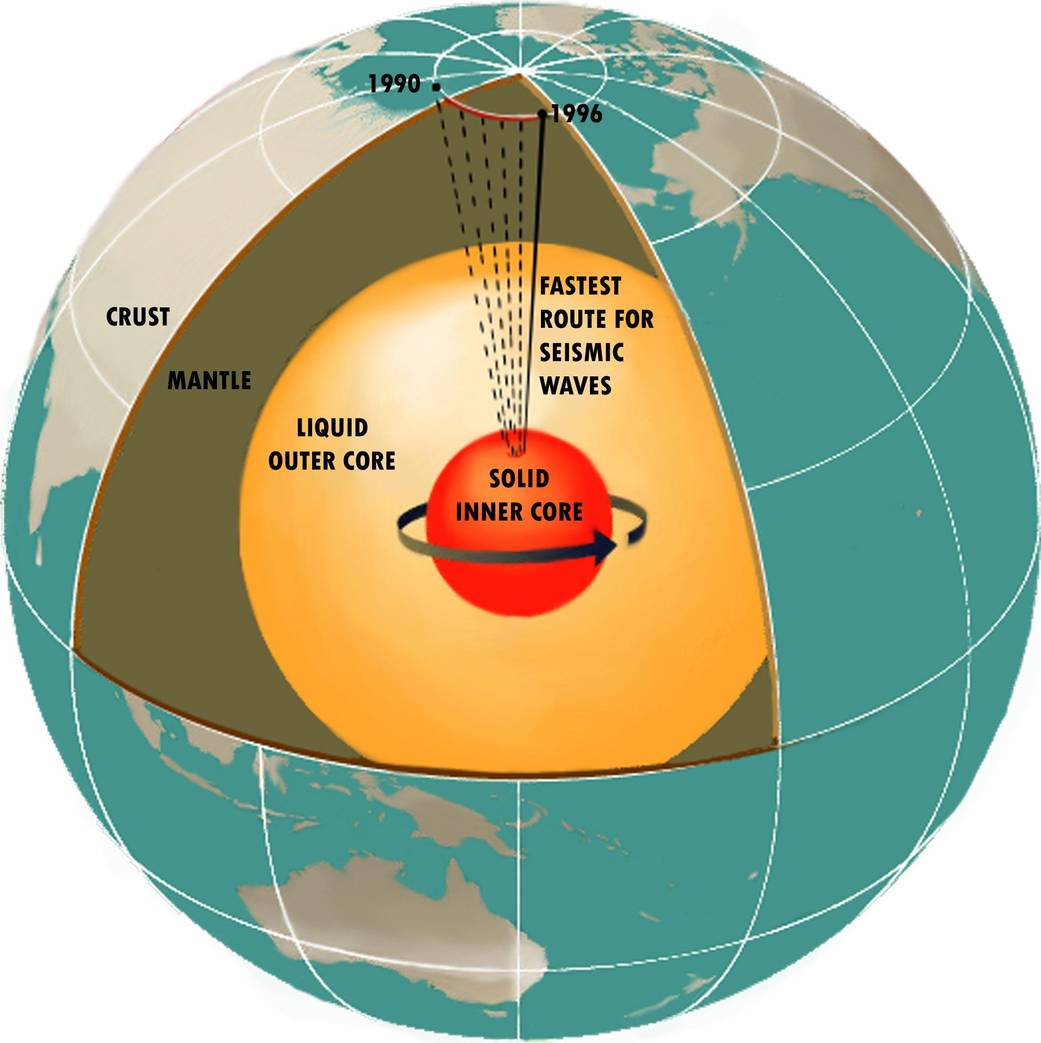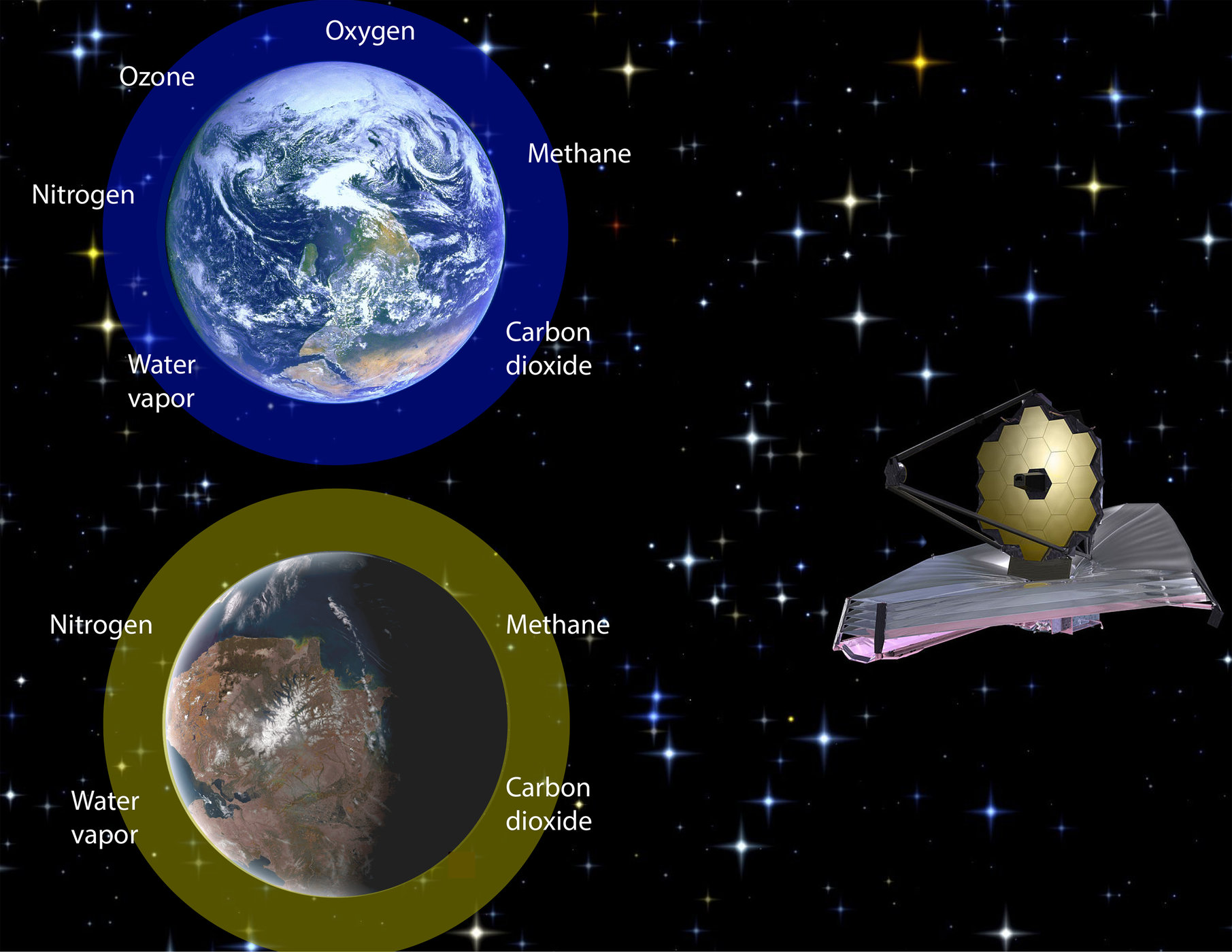SCIENCE: The Paradox of Earth’s Inner Core
Earth’s Inner Core Shouldn’t Technically Exist Earth’s solid inner core formed about one billion years ago. Researchers are getting closer to figuring out how it happened. One day, about a billion years ago, Earth’s inner core had a growth spurt. The molten ball of liquid metal at the center of our planet rapidly crystallized due to lowering temperatures, growing steadily outward until it reached the roughly 760-mile (1,220 kilometers) diameter to which it’s thought to extend today. That’s the conventional story of the inner core’s creation, anyway. But according to a new paper published online this week in the journal … Read more












